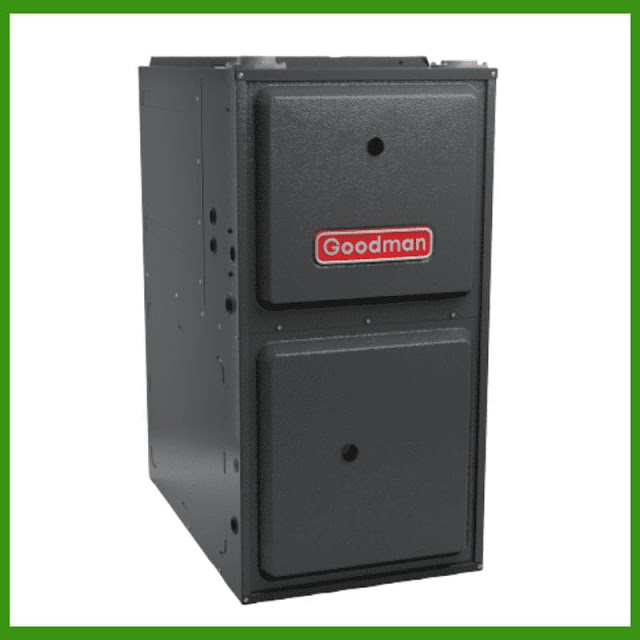Optimizing Indoor Air Quality with Air Exchangers: A Comprehensive Guide to Operation and Maintenance
In the pursuit of creating a comfortable and healthy living environment, understanding the role of air exchangers is crucial. These devices play a vital role in improving indoor air quality, working seamlessly alongside AC systems, HVAC setups, and air conditioner services. In this comprehensive guide, we'll delve into the workings of air exchangers, exploring how they contribute to a healthier indoor atmosphere.
 |
| Optimizing Indoor Air Quality with Air Exchangers |
The Basics of Air Exchangers
Air exchangers, also known as ventilation systems, are designed to bring in fresh outdoor air while simultaneously expelling stale indoor air. Unlike air conditioners that regulate temperature, air exchangers focus on refreshing the air, making them an ideal complement to AC systems. By enhancing ventilation, these systems contribute significantly to maintaining a clean and healthy living space.
How Air Exchangers Work with AC Systems
To optimize indoor air quality, it's essential to understand how air exchangers work in conjunction with AC units. While air conditioners cool and dehumidify the air, air exchangers ensure a constant flow of fresh air, preventing the buildup of pollutants and maintaining a balanced humidity level. The synergy between these systems creates a harmonious indoor environment, promoting both comfort and health.
The Importance of Regular AC Service for Air Exchangers
Regular AC service is paramount for the optimal functioning of air exchangers. A well-maintained air conditioner ensures efficient cooling and dehumidification, reducing the workload on the air exchanger. Routine AC service checks for refrigerant levels, air filters, and overall system performance, preventing potential issues that could compromise indoor air quality.
HVAC Integration for Comprehensive Air Quality Control
Incorporating air exchangers into HVAC systems takes indoor air quality control to the next level. HVAC systems, inclusive of both heating and cooling components, work seamlessly with air exchangers to create a comprehensive solution. This integration enhances energy efficiency and ensures a constant exchange of fresh air, addressing both temperature and air quality concerns.
The Role of Air Exchangers in AC Repair and Maintenance
Regular AC repair and maintenance are crucial for preventing issues that could impact the effectiveness of air exchangers. Clogged filters, malfunctioning fans, or refrigerant leaks can all hinder the overall performance of the ventilation system. By addressing these problems promptly through AC repair, one can uphold the integrity of the air exchanger and, in turn, maintain superior indoor air quality.
Optimizing Air Exchanger Performance with Air Conditioner Service
Air conditioner service goes hand-in-hand with air exchanger optimization. During air conditioner service, technicians inspect, clean, and repair components, ensuring that the cooling system operates efficiently. This, in turn, supports the air exchanger in its role of providing a continuous supply of fresh air. Regular air conditioner service not only extends the lifespan of the AC unit but also enhances the overall performance of the ventilation system.
A Breath of Fresh Air
In conclusion, understanding the synergy between air exchangers, AC systems, and HVAC setups is essential for creating a comfortable and healthy indoor environment. Regular AC service and maintenance play a pivotal role in ensuring the seamless operation of these systems. By incorporating air exchangers into your home's HVAC system and prioritizing AC repair and service, you can enjoy not only optimal temperature control but also superior indoor air quality. Make the smart choice for your home – invest in the harmony of air exchangers and AC systems for a breath of fresh air every day.
.jpg)

Comments
Post a Comment